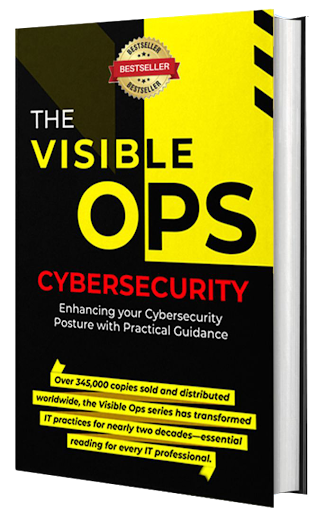In the cybersecurity world, buzzwords come and go. But few have stuck around—and stirred more confusion—than “Zero Trust.”
“It’s everywhere,” says Scott Alldridge, CEO of managed cybersecurity firm IP Services. “Conferences, vendors, roadmaps—everyone’s slapping Zero Trust on what they’re already doing. But in practice, too many companies are getting locked out of the outcomes they were promised.”
Alldridge is referring to a growing disconnect in the industry. While Zero Trust, in theory, can drastically reduce cyber risk, organizations attempting to implement it wholesale are often bogged down by complexity, vendor sprawl, and misunderstood priorities.
The Zero Trust Gold Rush—and the Pitfalls of Surface-Level Strategy
At its core, Zero Trust is simple: trust nothing, verify everything. In practice, it’s a sweeping reconfiguration of how businesses think about access, segmentation, identity, and data. Large enterprises may have the resources to build that vision, but for small and midsize organizations, the “all-at-once” approach leads to missteps.
“We’ve seen clients buy identity solutions without segmenting networks,” says Alldridge. “They add MFA but neglect endpoint hygiene. They’re mistaking activity for strategy.”
The result? Significant spending, little improvement, and growing frustration.
The 80/20 Principle: Fewer Actions, Better Security

Alldridge believes the answer lies in returning to an old, powerful concept: the Pareto Principle—the idea that 80% of outcomes result from 20% of actions.
“Cybersecurity’s no different,” he says. “There are a handful of controls that, if done right, massively reduce risk.”
Among the measures Alldridge recommends prioritizing:
- Multi-Factor Authentication (MFA) on all accounts
- Eliminating default credentials and enforcing strong password policies
- Network segmentation between mission-critical and general systems
- Least privilege access for administrators
- Frequent and tested offline backups
“These aren’t glamorous,” he adds. “But they’re what works—and they lay the groundwork for everything else Zero Trust promises.”
Blind Spots That Breach Defenses
One of the most dangerous myths in cybersecurity is that threats only come from outside. In reality, insiders—malicious or not—are often the root cause of serious breaches.
Alldridge recalls cases where long-gone employees retained hidden access privileges or where flat networks enabled lateral movement between systems.
“It’s always the stuff people assume is handled that ends up hurting them,” he notes. “Trusting your checklist is not the same as testing your system.”
Zero Trust Is a Mindset, Not a Product
While vendors may package tools under the Zero Trust label, Alldridge warns that buying tools alone isn’t enough.
“Zero Trust is a strategic philosophy. It’s about thinking critically: What’s my highest risk? Which users or systems need the strictest oversight? What can we fix today that buys us time tomorrow?”
Two real-world examples drive the point home:
- A healthcare provider was hit with ransomware after a remote contractor’s VPN credentials were stolen. MFA existed—but not for third-party access.
- A financial services firm failed to firewall its R&D and finance systems. One phishing email later, malware had free reign.
“These weren’t tech startups. These were regulated, well-resourced organizations,” Alldridge says. “One gap was all it took.”
Building a Realistic Roadmap
For organizations that want to implement Zero Trust successfully, Alldridge recommends starting small:
- Focus first on access control, endpoint security, and segmentation
- Understand which 20% of systems or users pose 80% of the risk
- Invest in visibility and process maturity before automation
At IP Services, this thinking is codified through frameworks like VisibleOps Cybersecurity, which emphasizes operational maturity and cultural alignment over raw tooling.
“Don’t try to boil the ocean,” Alldridge says. “Stabilize first. Prioritize second. Automate last.”
Final Thought: Practical Beats Perfect
Zero Trust is a promising vision—but it’s not a destination. It’s an ongoing discipline.
“Organizations don’t need to be perfect at Zero Trust,” Alldridge concludes. “They need to be deliberate. Doing a few high-impact things well beats doing everything poorly. That’s how you get real results.”



































